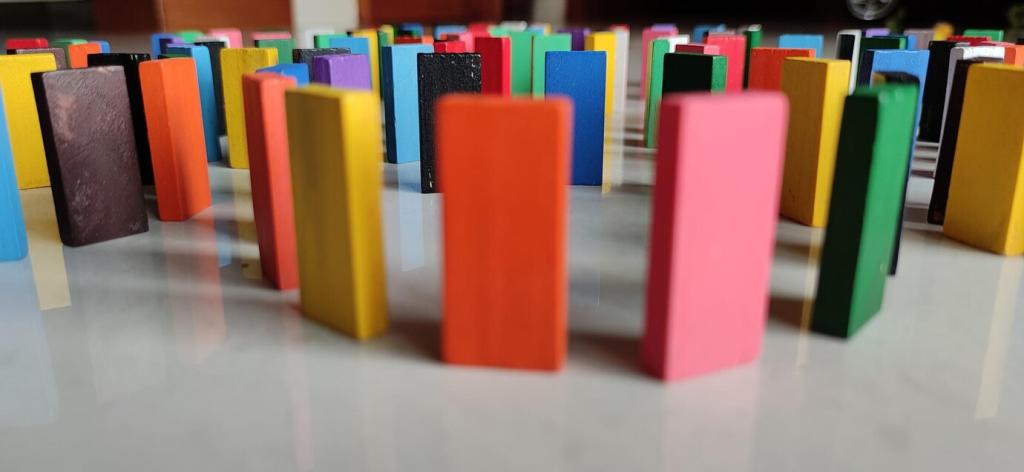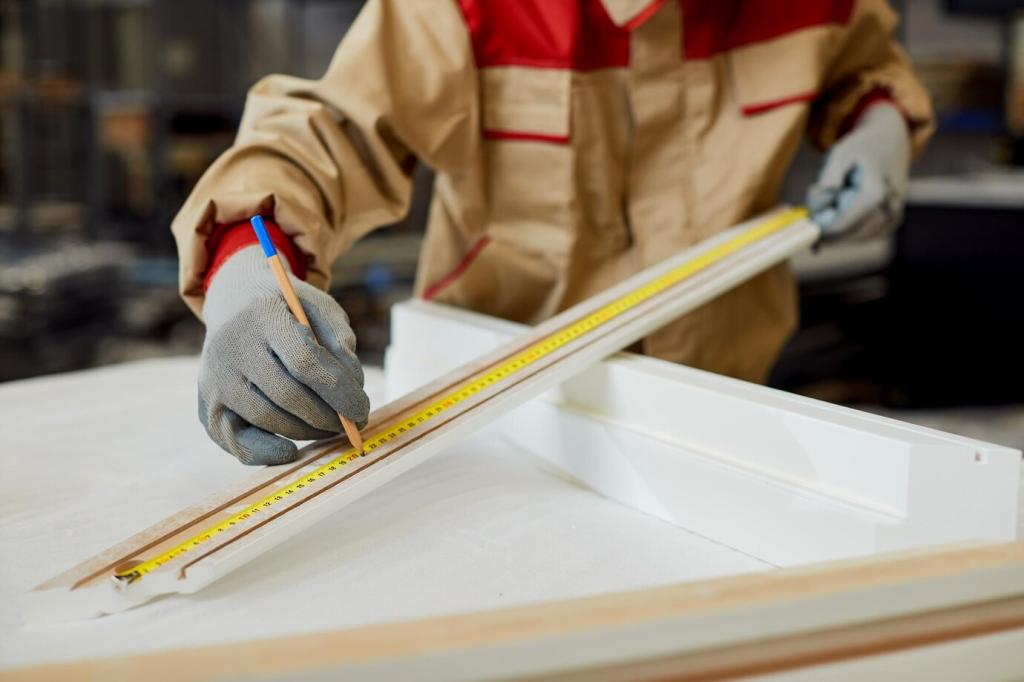Cost Comparison of Roofing Materials: Make the Smart Choice
Selected theme: Cost Comparison of Roofing Materials. Explore how upfront price, lifespan, maintenance, and energy performance shape real roofing value—so your dollars work harder over decades, not just on day one. Join the conversation, ask questions, and subscribe for region-specific cost updates.
How to Compare Roofing Costs the Right Way
The cheapest bid can be the most expensive over time if it needs early replacement. Compare total ownership: purchase, installation, expected repairs, and the cost per year of service life. Comment with your goals to estimate payback.
How to Compare Roofing Costs the Right Way
Some materials cost more today but stay stable in maintenance, while others demand periodic repairs or coatings. Plot expected upkeep across years to see the real cash flow. Ask for our maintenance checklist to budget accurately.


Typical Installed Cost and Variations
In many U.S. markets, basic to architectural asphalt shingles commonly run about $4–$8 per square foot installed, with luxury profiles higher. Prices vary by roof pitch, layers removed, underlayment, and regional labor rates.
Lifespan and Cost per Year
Depending on product grade and climate, asphalt commonly lasts around 15–30 years. Divide installed cost by expected service years to compare against metal, tile, or slate on a cost-per-year basis. Ask us for a quick calculation.
Where Asphalt Makes Financial Sense
If you plan to move within a decade, upfront savings may outweigh long-term longevity. Asphalt also simplifies repairs. Share your time horizon and roof size, and we’ll estimate whether asphalt is your smartest cost choice.



Clay and Concrete Tile: Premium Look, Structural Costs
Clay and concrete tile commonly range around $12–$25 per square foot installed, depending on profile and region. Heavy weight can necessitate structural reinforcement, adding to project total—an essential line item in comparisons.
Wood Shakes and Composite Lookalikes: Charm Versus Upkeep
Costs and Material Options
Cedar shakes often install around $8–$14 per square foot, depending on grade and region. Composite or engineered alternatives may run near $9–$15, offering a similar appearance while moderating maintenance demands over time.
Maintenance Curve and Treatments
Wood can require regular treatments, moss control, and careful repair to meet its lifespan potential. Add these recurring line items to your total ownership model. Ask us for a wood-versus-composite maintenance worksheet.
Climate Suitability and Insurance
Moist or wildfire-prone regions can challenge wood, altering insurance costs and replacement timelines. Composite products with fire or impact ratings may improve the numbers. Share your ZIP code to compare realistic premiums.
Slate and Synthetic Slate: Heritage Durability at Different Prices
01
Natural slate often falls near $20–$40+ per square foot installed due to material and specialty labor. Synthetic slate typically ranges about $9–$16, reducing structural and handling costs while preserving a similar aesthetic.
02
Quality slate can last a century with professional installation, potentially outliving multiple owners. When amortized over decades, the cost per year can undercut repeated replacements of lower-cost materials. Ask for our longevity model.
03
Slate’s weight demands strong framing and careful staging, which adds to labor and timeline. Synthetic products lighten loads and simplify transport. Provide your home’s age and framing type to assess structural allowances.
Hidden Line Items That Distort Comparisons
Older roofs may need full tear-off, surprise decking fixes, or code-related upgrades. These can shift totals by thousands. Confirm what’s included and request unit pricing for wood replacement and waste hauling to avoid surprises.
Hidden Line Items That Distort Comparisons
Premium underlayment, ridge ventilation, and custom flashing change both performance and price. Ensure every bid specifies brands and quantities. Ask us for a specification checklist to standardize proposals and compare costs cleanly.

A Real-World Story: The Parkers’ 30-Year Decision
01
The Shortlist and the Sticker Shock
The Parkers compared architectural asphalt, standing seam metal, and concrete tile. Metal’s bid arrived 45% higher than asphalt, while tile required structural work. They almost chose asphalt to protect their near-term budget.
02
Crunching Total Ownership Costs
Factoring two asphalt replacements over 40 years, plus summer energy savings and probable insurance discounts, metal’s lifetime cost per year edged lower. Their break-even against asphalt landed around year eleven.
03
Outcome and Reflections
They selected standing seam metal, reporting quieter summers, steady bills, and peace of mind during hail season. Their advice: request itemized bids, model replacement cycles, and ask neighbors about real maintenance experiences.

Your Cost-Comparison Toolkit
Define lifespan goals, gather itemized bids, map maintenance, estimate energy and insurance effects, then compute cost per service year. Post your numbers, and we’ll help sanity-check your assumptions and run sensitivities.
Your Cost-Comparison Toolkit
Request product brands, underlayment types, ventilation upgrades, flashing methods, and change-order rates. Insist on photos of decking before replacement. Share sample quotes here, and we’ll flag missing cost-critical details.
